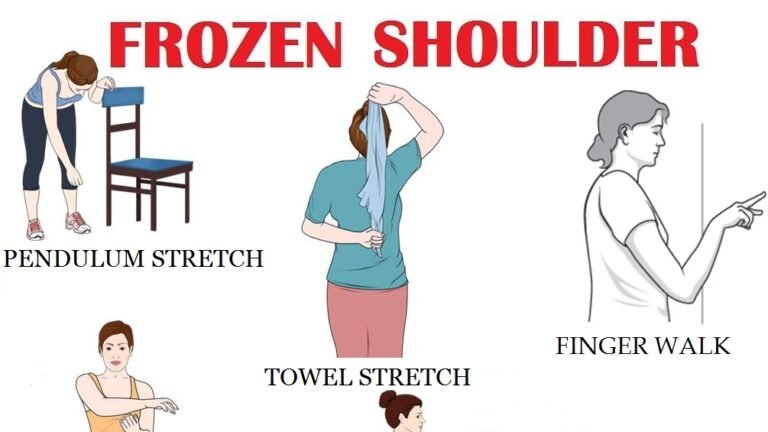A recent study presented at the 2024 American Academy of Orthopedic Surgeons (AAOS) Annual Meeting shows that watchful waiting is as effective as physical therapy in treating shoulder adhesive capsulitis, commonly known as frozen shoulder. This suggests that there is a possibility. The study found that both methods produced similar results in symptom relief over a one-year period. However, patients who chose physical therapy ended up spending 10 times more in medical costs.
Understanding frozen shoulder
Frozen shoulder, also known as adhesive capsulitis, is a disease that affects 2-5% of the world’s population, with people aged 40-60 being most affected. The disease is characterized by stiffness and pain in the shoulder, making it difficult for patients to move their arms. Symptoms usually worsen over time and may take him two to three years to fully resolve.
Watchful waiting vs physical therapy
This study compared the effectiveness of watchful waiting (WW) and physical therapy (PT) in the treatment of frozen shoulder. Watchful waiting refers to a non-intrusive approach in which doctors monitor a patient’s condition but do not provide active treatment. Physical therapy, on the other hand, involves a series of exercises aimed at improving mobility and reducing pain.
Interestingly, the results showed that both approaches resulted in almost complete recovery of shoulder function and limited pain by the end of the year. The most notable difference was the costs associated with each treatment. Patients who chose physical therapy ended up spending significantly more on health care than those who chose observation.
Meaning of research
This study reveals the potential of observation as a cost-effective alternative to physical therapy in the treatment of frozen shoulders. This is especially important in areas with limited medical resources and for patients who cannot afford the costs associated with physical therapy.
Additionally, the researchers found no significant differences in patient-reported pain and mobility between the two groups. This suggests that watchful waiting may be as effective as physical therapy in managing frozen shoulder.
The value proposition of watchful waiting
Given the extensive costs associated with treatment, the researchers concluded that watchful waiting is a better value proposition than physical therapy. This could reshape the frozen shoulder treatment landscape and provide patients with a more cost-effective and equally beneficial alternative to physical therapy. Physicians should inform patients about these treatment options, which include nonsurgical management with medications, physical therapy, watchful waiting, and surgery if necessary.
Although these findings are promising, the researchers plan to continue following study participants for another year and publish their results in two years. This will provide a more comprehensive understanding of the long-term effects of both watchful waiting and physical therapy on frozen shoulder recovery.


